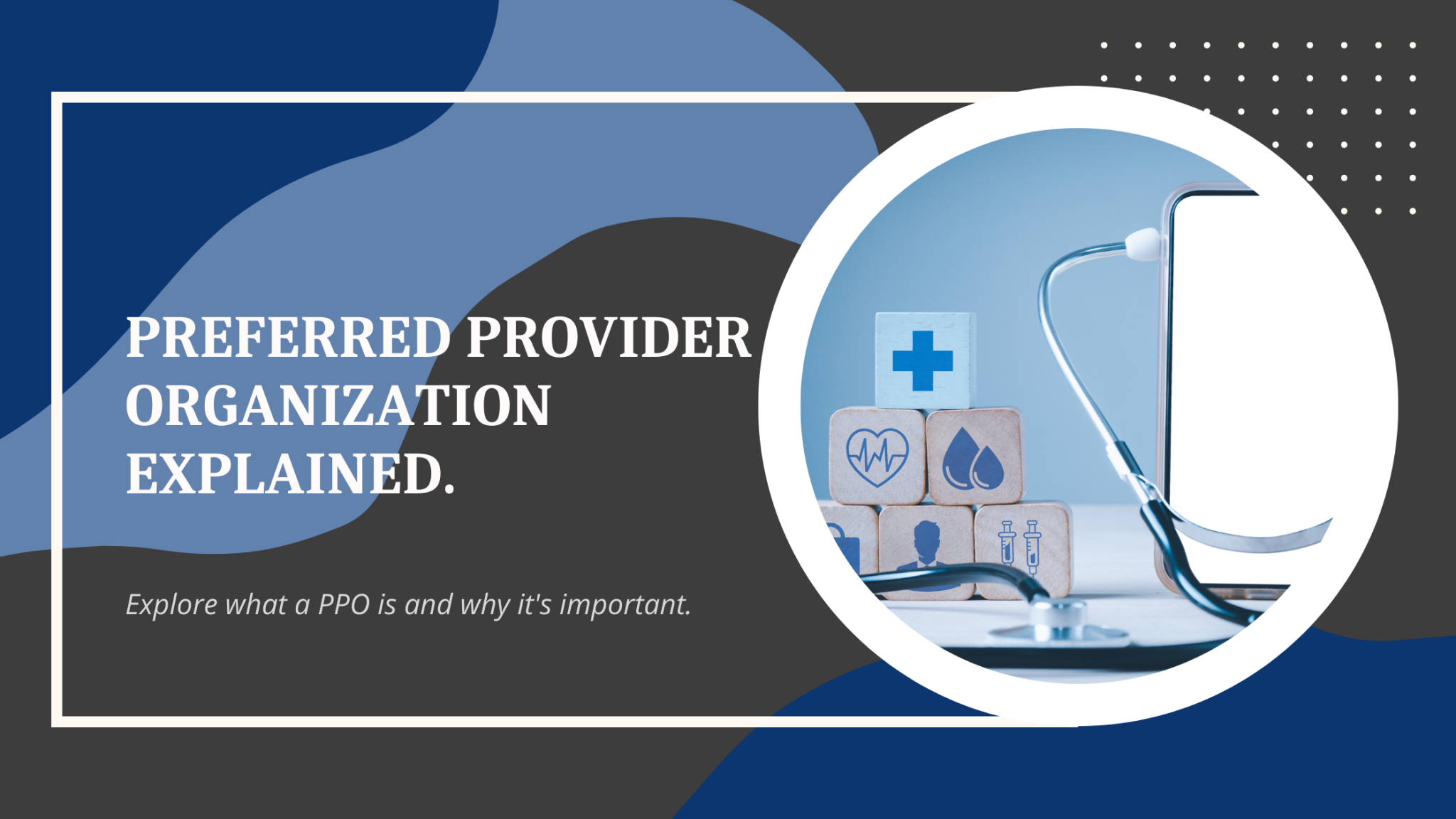
If one is looking for health insurance, they may have come across the term “PPO.” But what does it mean? A Preferred Provider Organization (PPO) health plan offers greater flexibility compared to other insurance options. With a PPO, you can visit any in-network doctor or hospital. However, choosing out-of-network providers usually means paying higher out-of-pocket costs.
Please look at how PPOS work and how they compare to other types of health insurance plans.
With a PPO plan, one will have a network of doctors and hospitals to choose from. They can see any doctor or hospital in the network without a referral from their primary care doctor. If one needs to see a specialist, their primary care doctor will likely refer them to one within the network.
You can also choose to see doctors and hospitals outside of the network, but you’ll likely have to pay more out-of-pocket costs. When one visits an in-network provider, the insurance company and provider agree on set prices for services. But when one sees an out-of-network provider, there is no price agreement in place. This means that one may have to pay the full cost of the service upfront and then submit a claim to their insurance company for reimbursement. The amount reimbursed will depend on an individual’s specific plan.
There are some other key things to know about PPOs. They typically have higher premiums than other health insurance plans. But they also tend to have lower deductibles and out-of-pocket costs. So while one will pay more each month for a PPO plan, they may save money if they need significant medical care.
Also, PPO plans usually require one to pay copayments or coinsurance for services. A copayment is a set dollar amount that one pays for a service, like $20 for a doctor’s visit. Coinsurance is a percentage of the cost of a service that one pay, like 20% of a $100 bill.
Additionally, PPO plans usually include an annual deductible you must meet before insurance begins covering your medical expenses. For instance, if your deductible is $1,000, you must first pay that amount in covered costs before receiving insurance assistance.
